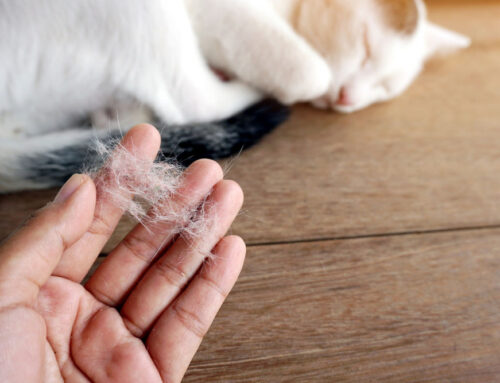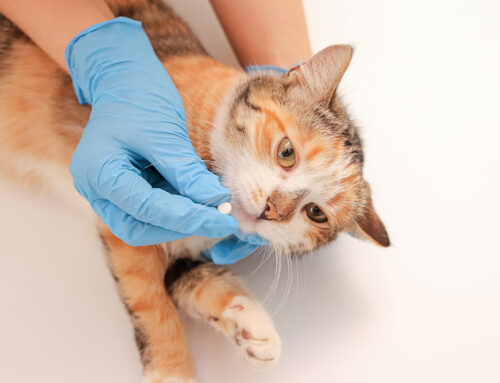As a responsible pet owner, you know you should spay or neuter your pet, but do you know the best time for the procedure? The right time to spay or neuter your pet depends on many factors, including their age, weight, and breed. Our team at WesVet Animal Hospital offers information to help you decide when to spay or neuter your pet.
Pet spay and neuter benefits
Spaying or neutering your pet has many benefits for you, your pet, and your community, including:
- Pregnancy risk — Spaying your female pet prevents them from getting pregnant, which helps control the pet population in your neighborhood and protects them from pregnancy complications such as dystocia and eclampsia.
- Heat cycles — Spaying your female pet prevents heat cycles, eliminating irregular behavior and bloody vaginal discharge.
- Certain medical issues — Spaying your female pet prevents ovarian and uterine cancers and pyometra, a potentially serious uterine infection. Neutering your male pet prevents testicular cancer.
- Certain medical risks — Spaying your female pet decreases their mammary cancer risk. Neutering your male pet decreases risk of prostate disease, perineal hernias, and perianal tumors.
- Undesirable behaviors — Neutered and spayed pets are less likely to roam and to urine mark, and neutered male pets are less likely to exhibit behaviors such as mounting and aggression.
Pet spay and neuter considerations
You must consider several factors when deciding when to spay or neuter your pet, including:
- Your pet’s age — Spay and neuter procedures typically cost more for older pets, who usually have a slower recovery.
- Your pet’s breed — Studies have demonstrated that large- and giant-breed dogs should have a delayed spay or neuter.
- Your pet’s gender — Timing for spay and neuter procedures vary for male and female large- and giant-breed dogs.
- Your pet’s weight status — Overweight pets may require more anesthetic drugs and increased pain medication, making their spay and neuter procedures more expensive, and are at increased risk for surgical complications. Overweight pets still should be spayed or neutered, but you should know how their condition affects the procedure.
- Your pet’s origin — Most rescues and shelters require that pets be spayed or neutered in a certain time frame, and breeders may also have specific stipulations.
- Your lifestyle — Owning an intact pet is challenging, and if your lifestyle does not allow responsible management, you should have your pet spayed or neutered as soon as possible.
- Your location — If your area has a large stray pet population, owning an intact pet can be difficult.
Challenges of owning an intact pet
Before you decide not to spay or neuter your pet, you should be aware that owning an intact pet presents certain challenges, including:
- Intact pets are prone to roam — You must be vigilant to ensure your intact pet does not escape, because they are more likely to roam, searching for a partner. This behavior increases their risk of being hit by a car, fighting with another pet or animal, and becoming lost.
- Male pets may stake out your home — Male pets can smell intact females up to three miles away, and may surround your home every time your intact female pet is in heat.
- Intact female pets are at higher risk for pyometra — Each heat cycle puts your intact female at higher risk for pyometra, a potentially life-threatening uterine infection, so you will need to monitor them closely.
- You will need a pet sitter — Many pet daycare and boarding facilities don’t allow intact pets, and you will need a trustworthy pet sitter to care for your pet when you travel.
The right time to spay or neuter your pet

Every pet is different and their spay or neuter time must be considered individually, but general recommendations include:
- Cats — Female kittens typically enter their first heat cycle at 5 to 6 months of age, and female kittens should be spayed by 5 months. Male kittens should be neutered by 5 months of age.
- Small-breed dogs — Female small-breed dogs, who weigh less than 22 pounds when they reach adulthood, should be spayed before their first heat, which is usually around 5 to 6 months, while males should be neutered at 6 months.
- Medium-breed dogs — Female medium-breed dogs, who weigh between 25 to 45 pounds when they reach adulthood, should be spayed before their first heat, which is usually around 5 to 6 months, and males should be neutered at 6 months.
- Large- and giant-breed dogs — Large-breed dogs weigh more than 45 pounds, and giant-breed dogs weigh more than 75 pounds when they reach adulthood. Male dogs heavier than 45 pounds should be neutered when growth stops, which is typically between 9 and 15 months, depending on your dog’s breed. Additional factors, such as your dog’s disease risk and your lifestyle, must be considered for large- or giant-breed female dogs, but their window for spaying is usually between 5 and 15 months of age.
Deciding the best time to spay or neuter your pet can be difficult, but our veterinary professionals are here to help determine the safest timing for your pet. If you would like to have your pet spayed or neutered, contact our team at WesVet Animal Hospital, and let us help you determine the best time to schedule their procedure.







Leave A Comment